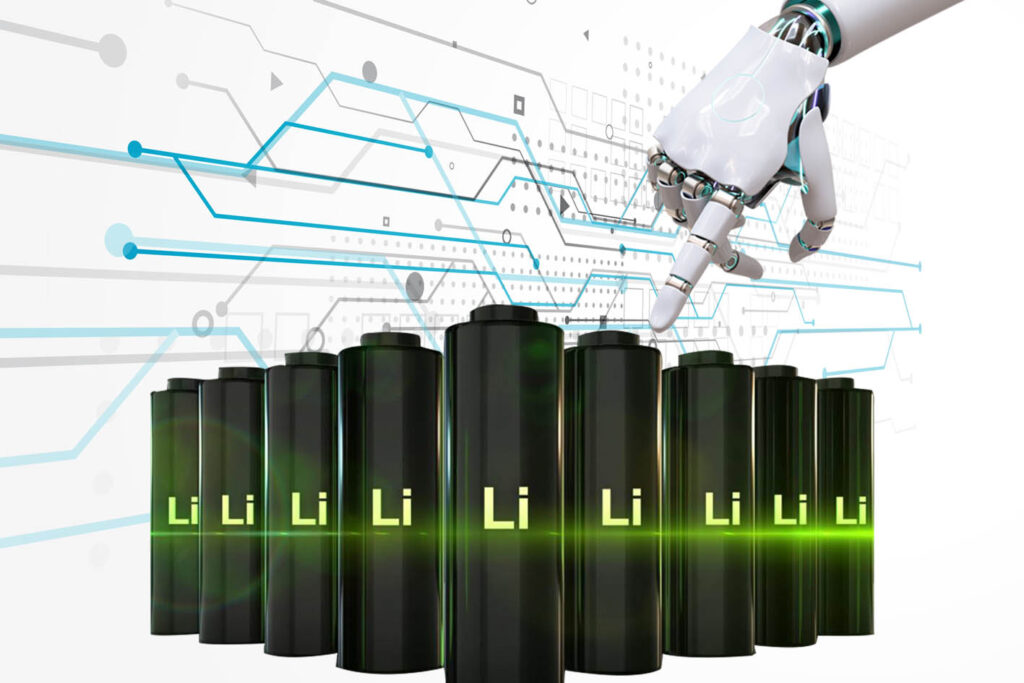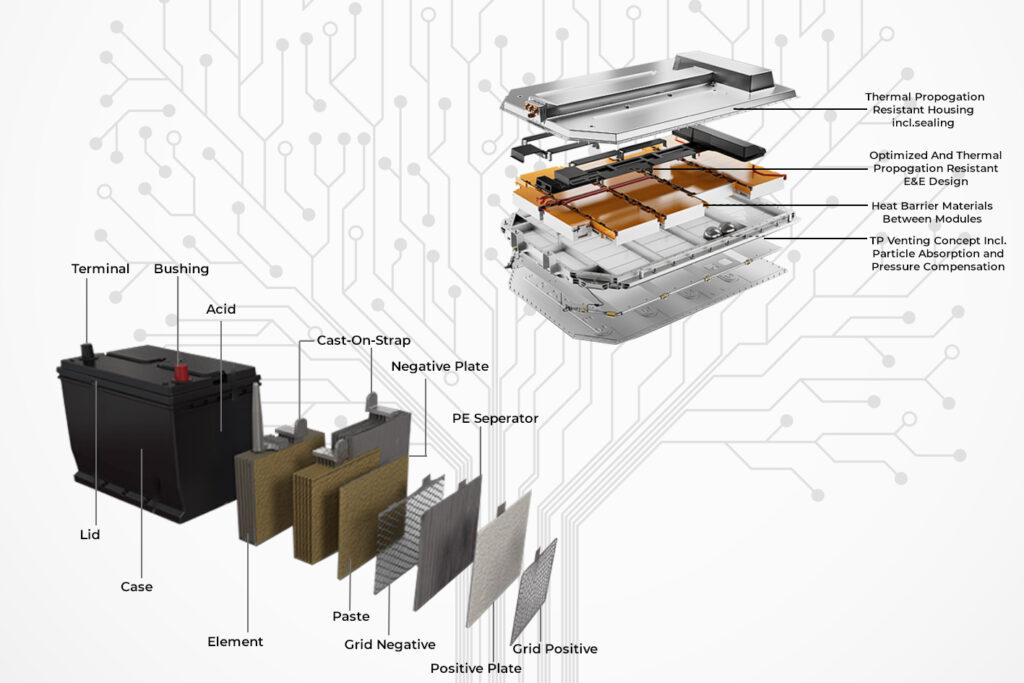
There are a half dozen refrigerator-sized cabinets inside a lab at Stanford University’s Precourt Institute for energy that is designed for killing bacteria as quickly as possible. Each contains around 100 lithium-ion cells in trays in which the batteries could be charged and discharged dozens of times each day. The batteries used in these electrochemical torture chambers would normally be found in electronics or electric vehicles. But they aren’t powering anything in these machines. Instead, energy is transported in and out of these cells as quickly as possible, generating reams of performance data that artificial intelligence can use to learn how to make a better battery.
To estimate how a battery would perform in the future, AI would require data from a battery after it had begun to degrade. It could take months to cycle the battery enough times to get the required data. But AI can predict the lifetime performance of a battery when it is at its peak after hours of data collection.
AI Helping to Find Essential Battery Materials
As more people switch to electric vehicles such as cars, buses, ships, etc. the demand for battery-making metals is expected to rise. Concerns about environmental degradation and labour abuses are being raised as a result of the upcoming mining boom. It also causes a search for more environmentally friendly manufacturing methods and cutting-edge technology. The way battery metals are mined is improved with the help of artificial intelligence. The most preferred ore deposits in the least problematic locations are found by KoBold metals by developing an AI agent.
AI techniques are also applied to identify alternative materials that exist by IBM research and thus develop new chemistries. A mining exploration setup, KoBold says that these techniques help to reduce the expensive and invasive exploration missions including digging the earth many times to find rare high-quality reserves. KoBold collaborated with Stanford University’s center for earth resource forecasting to create an AI agent that can decide how and where explorers should concentrate their efforts. Copper, cobalt, nickel, and lithium are among the metals targeted by these startups, which are used in electric vehicle batteries, solar panels, smartphones, and a variety of other products.
Implementing Energy Dense, Lightweight Batteries With AI
Cuberg is a company that is attempting to develop lighter, safer, and more energy-dense batteries using Aionics Technologies’ machine learning platforms for a faster result. Olivia Risset, PhD., senior scientist at Cuberg says that they are making batteries that are much lighter than lithium-ion batteries with more energy in them. Cuberg batteries are safer than lithium-ion batteries because the electrolyte, the liquid component, is nonflammable, unlike what has been used in lithium-ion batteries in the past.
According to Austin Sendek, founder of Aionics, machine learning can help many organizations with chemical materials research divisions speed up their research. Cuberg is an Aionics customer who uses the platform to improve the selection of materials. The importance of speed has been highlighted throughout the development of Cuberg. When they began thinking about what kinds of applications the team should work on, they looked into medical device batteries but discovered that getting those certified can take more than a year. As a result, they began building batteries using AI technology, which enabled them to produce mass-market batteries rapidly and with less capital investment.
AI Helps to Overcome Long Evaluation Periods
The process of narrowing down the necessary replacement materials for next-generation battery applications was difficult for researchers. This procedure involved human evaluators gathering insights from a massive amount of test data. It may take years for the researchers to generate an advancement because they could only operate as fast as machines computing the information. AI unlocks useful combinations of materials and appears highly promising in batteries. Traditionally the battery performance data has been obtained by continuously putting energy into battery cells until they die.
To achieve the results they need, researchers may have to charge and discharge batteries thousands of times over the course of years. Researchers use this method to detect battery degradation, and it’s necessary for creating safer batteries that are less likely to catch fire. Battery scientists can use AI to better efficiently test and understand battery packs, their integration, and predict their performance by using a system-level approach. This AI application also considers different cell types, their chemistries, and predicted performance, and can assist in determining the best ways to distribute energy across several batteries or packs.
AI-Assisted Battery Structure Optimization

Most of the efforts for improving batteries were concentrated on battery chemistry. It has been proved that changing the physics of batteries can improve battery density, capacity, safety, and other essential performance parameters. AI can assist battery scientists in better understanding the structure-property relation at the electrode level in order to create the optimum battery construction. AI can give substantial recommendations on various structural designs that result in optimum battery performance based on how the battery will be used and other technical criterias.
AI algorithms could even be modified to recommend options based on new technologies and chemistries that haven’t yet been implemented. Researchers from Stanford University, MIT, and Toyota Research Institute used artificial intelligence to figure out the quickest way to charge an electric vehicle battery in 10 minutes. Using a highly targeted AI system, the group was able to discover the optimal method of charging among 224 variants in just 16 days, whereas traditional methods would have taken 500 days. The battery industries are highly competitive with veterans and beginners seeking the next big battery innovation.
We’re Here for You
It is really good news for a warming world that AI is being launched on battery development. The storage of batteries is a critical factor in increasing the quantity of sustainable energy available and time is of importance when it comes to decarbonizing our energy source. After decades of slow progress, AI-driven battery research promises to finally speed up the pace. We at Infolks provide the data that you need to optimize AI’s implementation in battery development. We have a talented bunch of people who can annotate the required data while maintaining the highest level of quality and security.